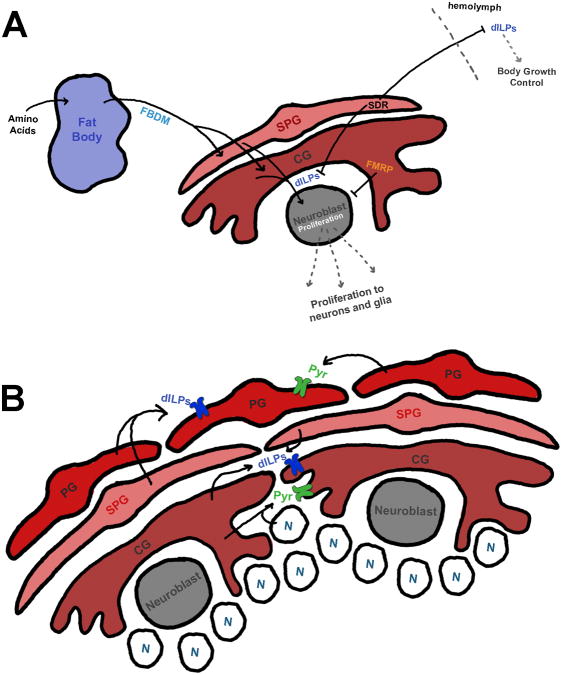Figure 2. Glial morphogenesis, proliferation, and regulation of neuroblast reactivation through insulin and FGF signaling.
A) Regulation of neuroblast proliferation and animal growth. The fat body is activated by amino acid nutrient signaling, which then releases a fat body derived mitogen (FBDM) to glial cells, which in turn release dILP6, causing neuroblast reactivation and proliferation into neurons and glia. Surface glia also release a secreted decoy of insulin receptor (SDR) to block dILP activity in the brain where it can regulate neuroblast proliferation, or to the hemolymph to regulate animal body growth. FMRP signals non-autonomously in glia to inhibit neuroblast proliferation.
B) Glia respond to drosophila Insulin-Like Peptides (dILPs) through the insulin receptor (InR, purple) to regulate proliferation through PI3K/tor signaling in PGs, and Ras/MAPK signaling in CGs. Likewise, glia respond to pyramus (pyr) through the FGF receptor, Heartless (green) from nearby self-type specific glial cells to regulate morphology and proliferation. CGs, but not PGs, can respond to neuronally-derived pyr as well.

